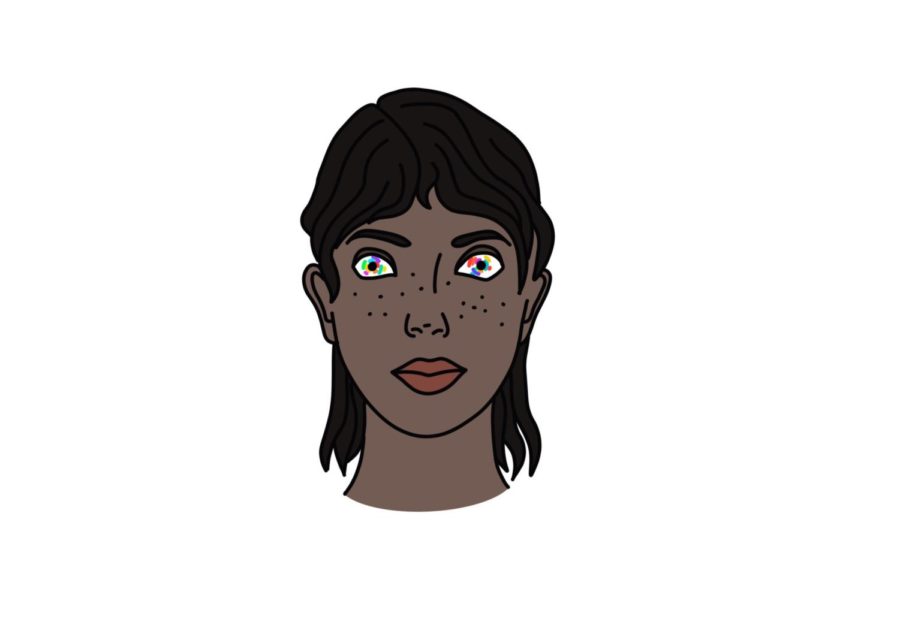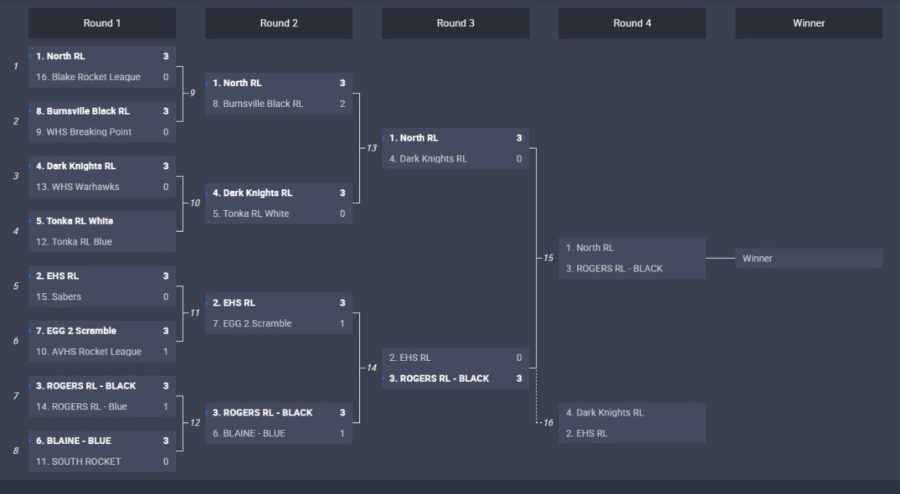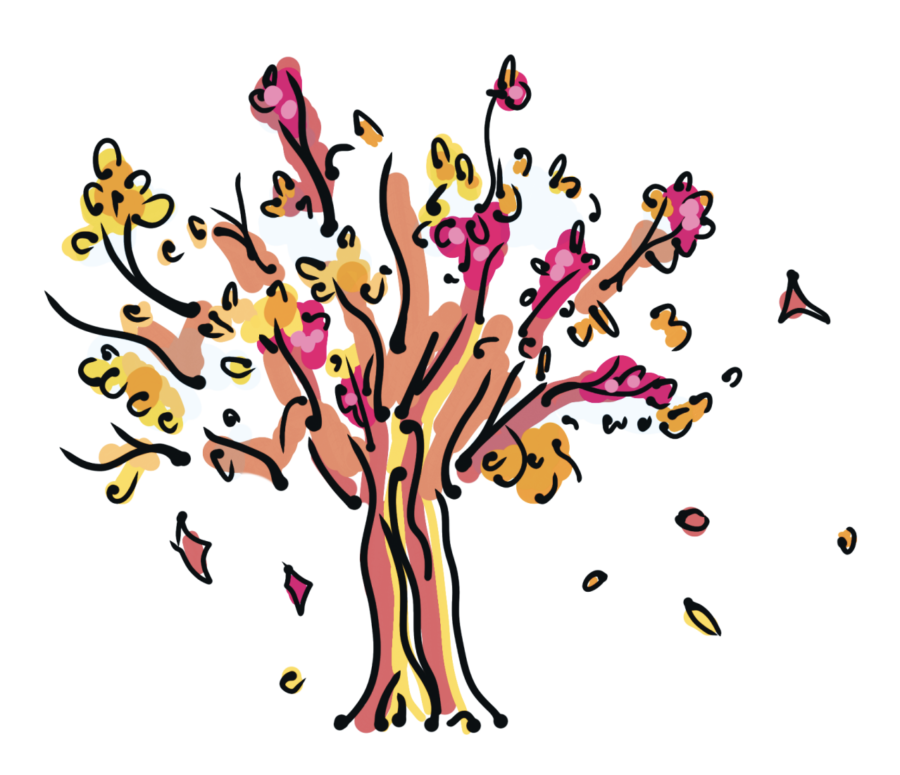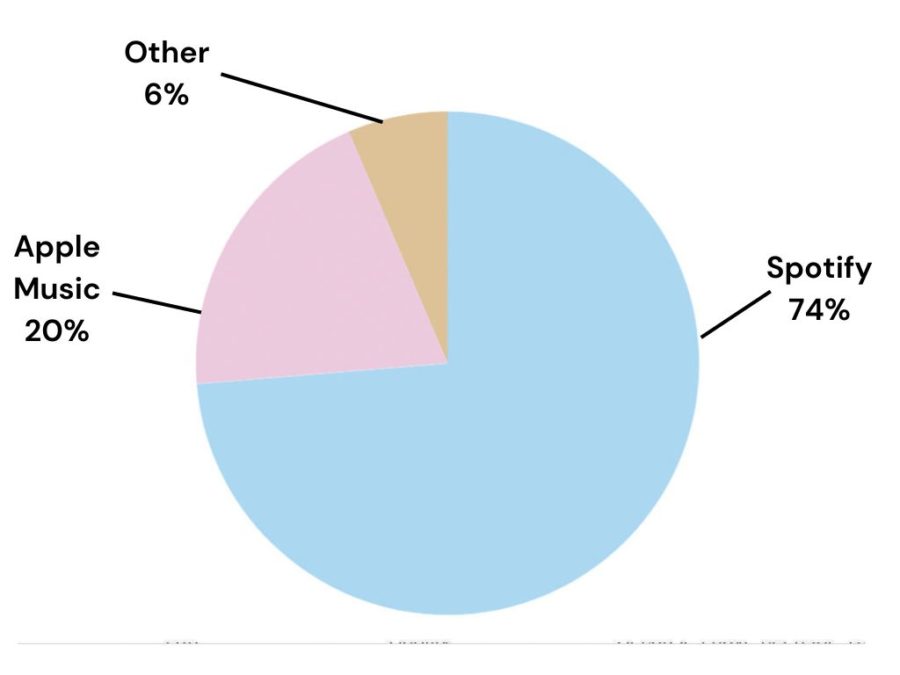Synesthesia is a neurological phenomenon that blends one’s senses. Someone who experiences synesthesia is called a synesthete, and whatever “triggers” it is called a stimulus.
There are over 80 types of synesthesia, all of which are divided into two categories. The first is projective synesthesia, which is when the synesthete associates a stimulus with a color or a shape, feels an object, or hears sounds that aren’t there. An example of this is grapheme-color synesthesia, a more common type, in which the synesthete sees colors when thinking about letters, numbers, and/or words. The second category is associative synesthesia, where the synesthete feels a strong connection to the stimulus. Associative synesthesia is rarer than projective synesthesia, and an example is ordinal-linguistic personification (OLP), where a person assigns ordered sequences with personalities and genders.
Ali Hecker ‘24 has varying types of synesthesia, one where she “[associates] colors with letters, numbers, pretty much any word,” “spatial synesthesia,” where some 2D objects appear to be 3D, and “associating tastes with words or sounds.”
Hecker muses, “A lot of people have [synesthesia] and don’t really realize it.” Even studies are inconclusive on what percentage of the general population are synesthetes. Some experts believe around 1 in 300 people have this condition, while others claim up to even 20% of the population might have some variation of synesthesia.
A particularly interesting study by the European Commission claims that it’s possible that everyone is born with synesthesia, our brains just choose to react to it differently, and for most people, it goes away with time.
Petra Ekstrom ‘24, another synesthete, says that synesthesia really helps her in music and actually allows her to have perfect pitch. For her, “a ‘C’ would be red, an ‘F’ would be blue, and an ‘E’ would be this greenish yellow.” Ekstrom has always been able to pick up any basic instrument’s skills almost immediately.
There are still many unknowns regarding synesthesia, especially the way it develops. What is known is that for the most part, people are either born with synesthesia or it is developed during early childhood, when children are exposed to a huge sensory environment.
Hecker says, “I can’t really remember a time where I didn’t have synesthesia,” while Ekstrom believes hers developed at an early age because of her family’s musicality.






![Campbell is a student that writes by hand for all of his classes, and according to him, he “[finds] it easier to remember stuff if [he] writes it down.”](https://www.blakespectrum.org/wp-content/uploads/2022/12/IMG-0178-675x900.jpg)